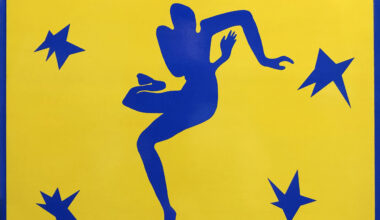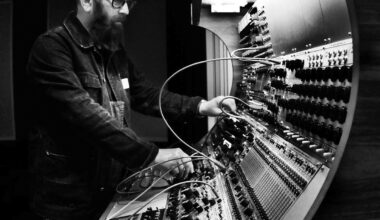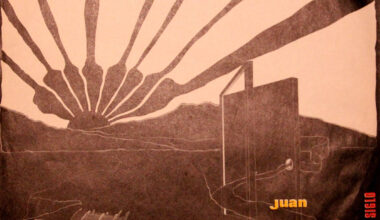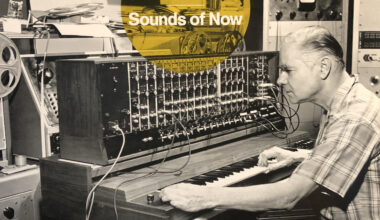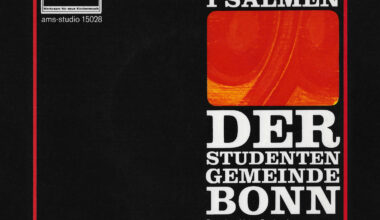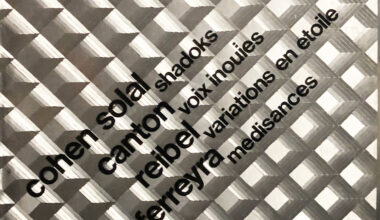Resident archivist Jack Dangers shines a light on a lavish release of an important piece of experimental music by Marino Zuccheri, the in-house engineer at the Studio di Fonologia Musicale in Milan

The record I’ve dug out this month is a 2005 release called ‘Parete 1967 Per Emilio Vedova’, by Marino Zuccheri. He was the in-house engineer at the Studio di Fonologia Musicale in Milan, the electronic music studio established by the Italian national broadcaster Rai Italia. It’s where Berio made electronic music, and it hosted many other visiting composers of the electronic avant garde, including John Cage and Stockhausen. From its opening in 1955 to its closure in 1983, Zuccheri operated the studio on behalf of composers who had no idea how to get sounds out of it, and so he has a hand in a huge amount of important early electronic music.
Emilio Vedova was an Italian painter. He was hugely famous in his own right, and also for his collaborations with the composer Luigi Nono. The Italian government commissioned Vedova to put together an installation for the Italian Pavillion at the Montreal Expo, which was held in 1967. The Expo had a title, ‘Man And His World’, and the idea was that it would be an opportunity to look the relationship between humans and rise of technology. Vedova created a light and sound installation for a large central concourse in the Italian Pavilion which connected all the other exhibition spaces. The installation itself was called ‘Percorso/Plurimo/Luce’ (something to do with paths and light). Vedova used glass slides to project his painting on the the walls of the space and onto specially designed screens, and even the floor. He asked Nono to compose some music for this immersive light and art installation, but he was too busy, and recommended Marino Zuccheri. Apparently when he was asked Zuccheri replied, “I could do something, but keep in mind that I am no composer”. The piece he did come up with is amazing, really intense. He created a massive loop, 30 metres long, which lasted 30 minutes and snaked out of the studio and back again. “My colleagues thought I was going totally insane!” he says in the liner notes.
The packaging of this edition of the album is amazing. They only made 67 copies. It comes in a tape box and inside there’s a booklet and the album itself comes sandwiched between two pieces of aluminium made to look like a tape reel, which are held together with a nut and bolt. There’s another edition of 350 copies in a silver gatefold sleeve with a silver foil design.
